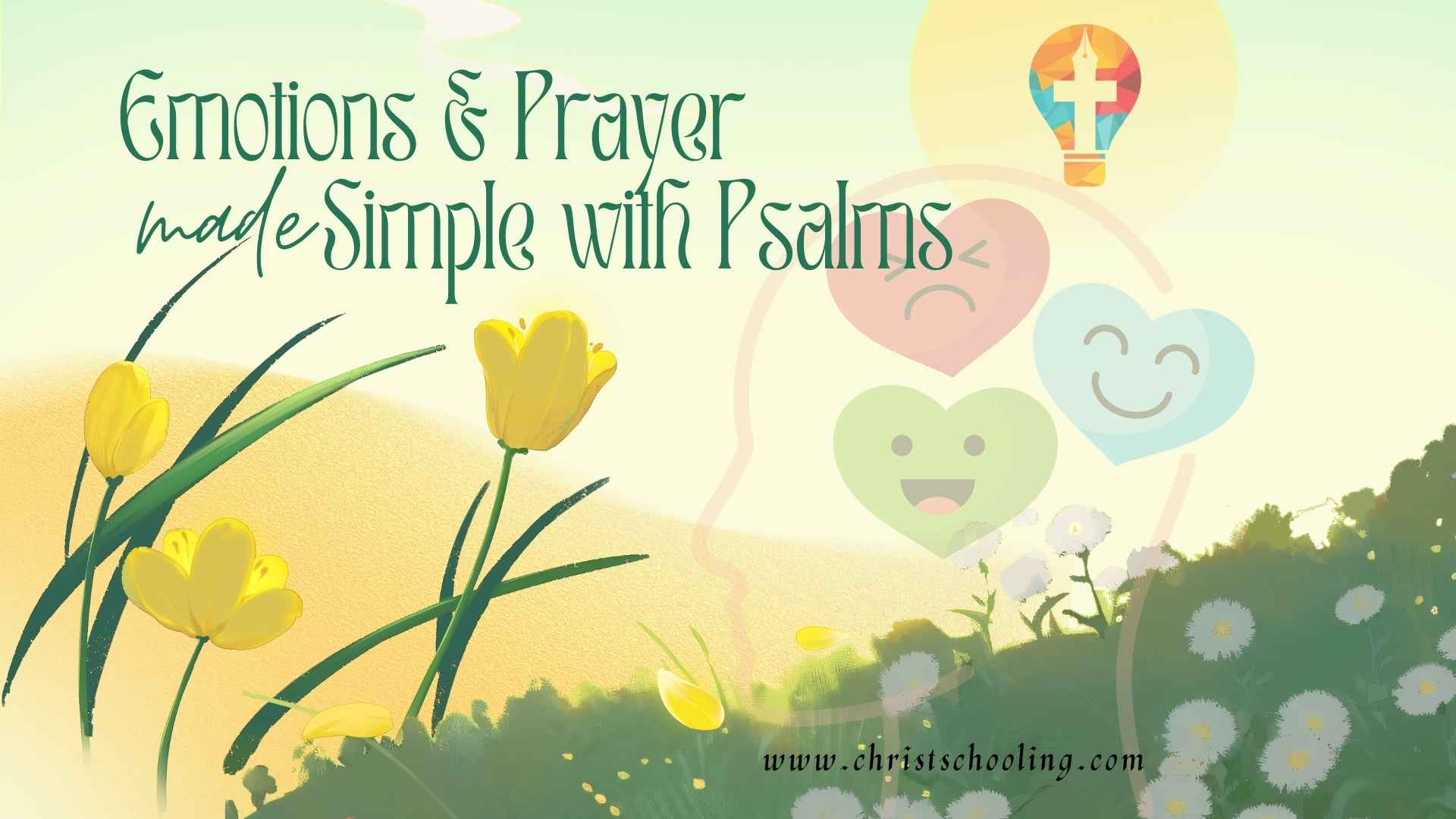In a world overflowing with opinions and shifting values, we desperately need an anchor for our children—a steady compass to guide their hearts and minds.
The Book of Proverbs, God’s timeless collection of wisdom, offers just that. It’s practical, vivid, easy to understand, and divinely powerful for shaping character and life choices.
“Wisdom is the principal thing; therefore get wisdom: and with all thy getting get understanding.” Proverbs 4:7 (KJV)
As homeschooling parents, we have a sacred opportunity to introduce our children to this treasure trove early on.
In this article, we’ll explore how to bring Proverbs alive in your home and provide creative printable resources to help you do it with joy and depth.
🌿 Why Teach Proverbs to Children?
Proverbs is more than a book of wise sayings—it’s God’s handbook for living well. It covers everything from friendship and work ethic to speech, honesty, humility, and godly fear.
✏️ Its lessons are not just relevant—they are essential.
“The fear of the Lord is the beginning of knowledge, but fools despise wisdom and instruction.”— Proverbs 1:7
From the very first chapter, Proverbs is addressed to sons and children, emphasizing the parent-child teaching relationship:
“My son, hear the instruction of your father, and do not forsake the law of your mother.” — Proverbs 1:8
By teaching Proverbs, we’re helping our children:
- Make wise decisions
- Cultivate godly character
- Discern between right and wrong
- Fear and honor the Lord
🧠 Key Themes to Teach from Proverbs
Here are some life-giving themes your child can learn:
1. Wisdom vs. Foolishness
Help your child understand the daily consequences of choosing wisdom or folly. Discuss how wisdom brings life and protection, while foolishness leads to harm.
Example Verse:
“The wise in heart will receive commandments: but a prating fool shall fall.” — Proverbs 10:8
2. The Fear of the Lord
Not fear as in terror—but reverence, awe, and obedience to God. It’s the foundation of all true knowledge.
Example Verse:
“The fear of the Lord is the beginning of wisdom.” — Proverbs 9:10
3. Speech and Honesty
Talk about the power of words—how they can build up or tear down.
Example Verse:
“A gentle answer turns away wrath, but a harsh word stirs up anger.” — Proverbs 15:1
4. Diligence and Laziness
Use daily chores or schoolwork as teachable moments.
Example Verse:
“Go to the ant, O sluggard; consider her ways, and be wise.” — Proverbs 6:6
5. Kindness and Friendship
Help children evaluate their friendships and encourage kindness and empathy.
Example Verse:
“A friend loves at all times, and a brother is born for adversity.” — Proverbs 17:17
✨ How to Teach Proverbs Creatively
Here are practical ways to teach Proverbs in your homeschool:
📖 Verse of the Week
Choose one verse each week to memorize, discuss, and apply. Talk about what it means and where it fits in life.
🧩 Wisdom Match-Ups
Make flashcards with verses and real-life scenarios. Ask your child to match the verse to the situation.
🎨 Coloring & Copywork
Let younger children trace or color verses. Older children can do copywork or cursive practice using Proverbs.
🗣️ Table Talk Discussions
Over breakfast or dinner, ask:
- “What does this Proverb mean?”
- “Have you seen this happen?”
- “How can we apply this today?”
🏆 “My Favorite Proverb” Journal
Invite your children to pick and illustrate a favorite Proverb and explain what it means to them.
📂 Free Printable Resources for You!
To make your journey fun and engaging, here are free printables you can include in your curriculum or devotional time:
✅ Proverbs Copywork Pages (Print & Cursive)
✅ Wisdom vs. Foolishness Sorting Activity
✅ Proverbs Coloring Sheets (with illustrations)
✅ “My Favorite Proverb” Journaling Page
✅ Proverbs Memory Verse Flashcards
💡 These will be available soon for free download on www.christschooling.com.
🕊️ Encouragement for the Parent-Teacher
You don’t need to be a Bible scholar to teach Proverbs. You just need a heart anchored in God’s Word and a willingness to walk it out before your children.
They learn not just by what we say—but by what we do.
“Train up a child in the way he should go: and when he is old, he will not depart from it.”
— Proverbs 22:6
Teaching Proverbs is about planting seeds. Some will sprout quickly. Others will grow slowly. But each one, watered with prayer and example, will bear fruit in due season.
🙏 Closing Thought
The Book of Proverbs is God’s voice of wisdom calling out to our children. In a noisy world, let’s help them hear it clearly—day by day, verse by verse.
Through teaching, modeling, and delighting in God’s Word together, we raise not just smart children—but wise ones.

